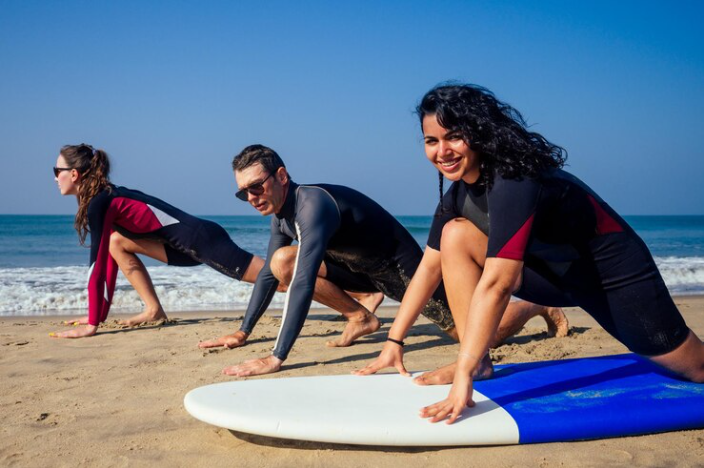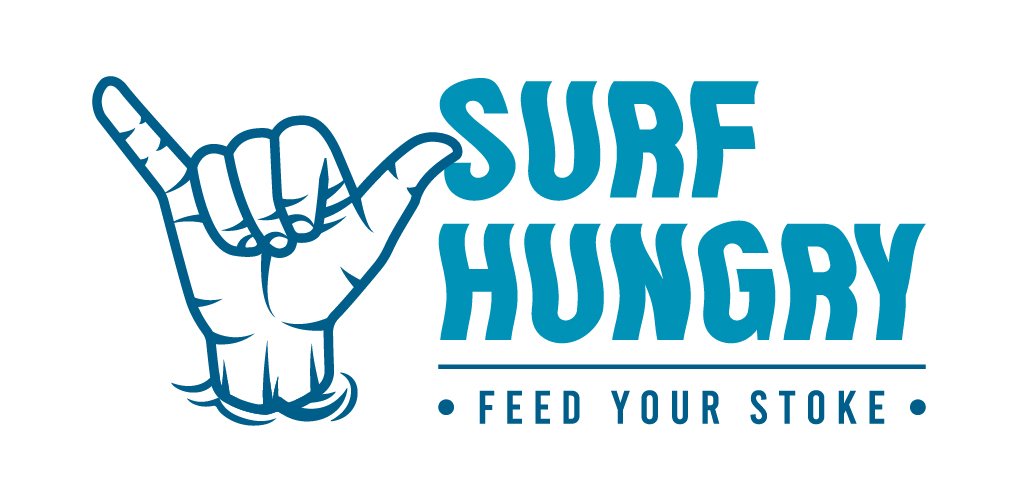How to Surf: A Beginner’s Guide to Surfing
If there is one thing advanced-level surfers won’t admit to you, they wouldn’t want to teach you how they do it. Experienced surfers may be off, silent, and awkward when you begin to ask questions. They may come off as arrogant and self-absorbed. But it is for a good reason. Surfers started as beginners, too. They experienced not being able to control the waves they faced. Despite the vastness of the ocean, it gave them limited resources – or, to put it merely, waves to learn how to ride. These waves, however, came in different shapes and sizes. This reality is what surfers want you to figure out for yourself. Every wave comes differently. A specific style confronts particular types of waves. One that will make you look and feel good while staying safe. Learning how to surf, as with most sports, is not easy. Some who have tried have gone bored because of the slow learning curve. But, others stay because that’s the most exciting part – challenging oneself to improve in every ride. What is Surfing? Surfing is next to swimming and diving as the most popular water sport. It is the act of riding on the waves. People who surf are called surfers. Customarily, surfer surf by lying, kneeling, or standing up on the surfboard. Over time, it evolved to body surfing and windsurfing, too. In surfing, the wave rider rests on the forward part of a surfboard, facing a moving wave that typically brings the surfer toward the shore. Although oceans have more suitable waves for surfing, riders made it possible to ride even in lakes or rivers. This sport started as an essential activity in Polynesian culture. It goes back to the 4th century AD when Polynesians made their way to the Hawaiian Islands from Tahiti and the Marquesas Islands. These folks brought with them their colorful customs. One of which is playing on waves using their Paipo boards. Surf riding is also linked to riding waves on planks and single canoe hulls. Historians also believe in its connection to fishing. The ancient Peru culture surfed on reed watercraft fishing. Surfing was introduced to the Western world when three teenage Hawaiian princes took a break from their boarding school in 1885. They brought to their trip to Santa Cruz, California, their custom-shaped redwood boards, and rode the mouth of the San Lorenzo River. George Freeth, an American lifeguard and swimming instructor, was the credited “Father of Modern Surfing.” He and a colleague, Hawaiian surfer Duke Kahanamoku introduced surfing to the United States. Surfing is more than just a sport nowadays. It is now a culture that waves represent diversely. Some riders surf as a recreational activity, while others make it the center of their lives. It is most dominant in the US and Hawaii; however, its popularity is slowly getting known in other parts of the world. Beginners Guide to Ride The Waves Surfing is not an easy watersport to learn. Learning to ride the waves could take weeks or sometimes even months, depending on your skill, fitness, the conditions of the waves you ride, and the frequency of your practice sessions. Back when surfing was not as big as it is now, there weren’t any surfing schools that you can turn to ask to teach you how to surf. Surfers then relied on watching experienced riders do their thing and then trying it on their own. Now, every surfing community has a surfing school. It is a happy sight to see kids, teenagers, and young adults trying to learn. It is impressive to see them ride waves. Surfing schools are a great help in boosting the popularity of this watersport and improving your surfing skills at the same time. However, if you want to learn how to surf through the good old “learning by yourself,” here are a few tips you can take note of and memorize by heart. Step 1. Condition and Prepare Your Body for Your Training Like most sports, you should prepare your body to endure the physical exhaustion of multiple training sessions. You will need more than just strong legs, but right arms’ strength, powerful shoulders, and a tough back. Why? Simple. You will be spending 99% of your time paddling through the waters with your surfboard in a prone position. You will be drained after one to two hours of paddling, and you might wake up the next day with a very sore upper body. Prepare yourself for training with physical activities like push-ups, pull-ups, and some dips. A little cardio such as running or jumping rope will help, too. Train yourself to balance with a surf skate or a balance board. Step 2. Try It Out First With Bodysurfing We mentioned in step one how that paddling would eat the majority of your learning time. Therefore, beginners usually have their surfboards under their arms. This practice is so that they master the art of paddling. Beginners typically give up at this point, as they feel frustrated that they aren’t doing anything but paddle. In reality, paddling is the essential knowledge you need to arm yourself with. When you’ve mastered paddling, the natural sequence is bodysurfing. Riding the waves with your body allows you to feel and understand the waves as they crash into your board or vice versa. All you need to do is to get into the water with your swimmers. Try to catch some tiny waves and let them push you back to the shore with your body in full extension. It adds fun to the learning part, and it leaves you with a deep feel for the wave, allowing you to learn when you should push into it. Once inside the swell and grasped its energy and momentum, it will give you the sense of learning how to steer and maintain speed. Body surfing is like body dragging in kite surfing. It is a crucial step that is an absolute prerequisite for anyone … Read more











